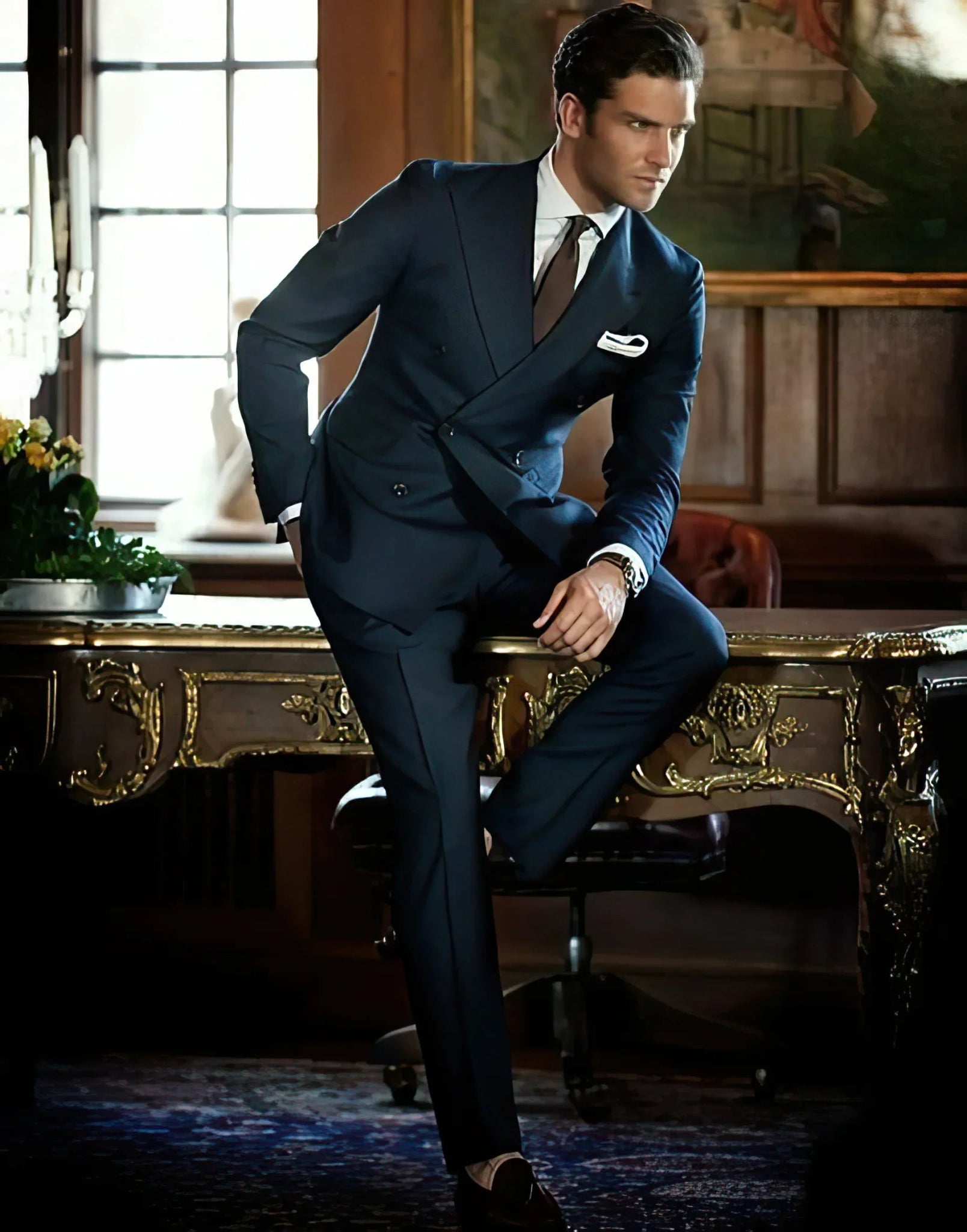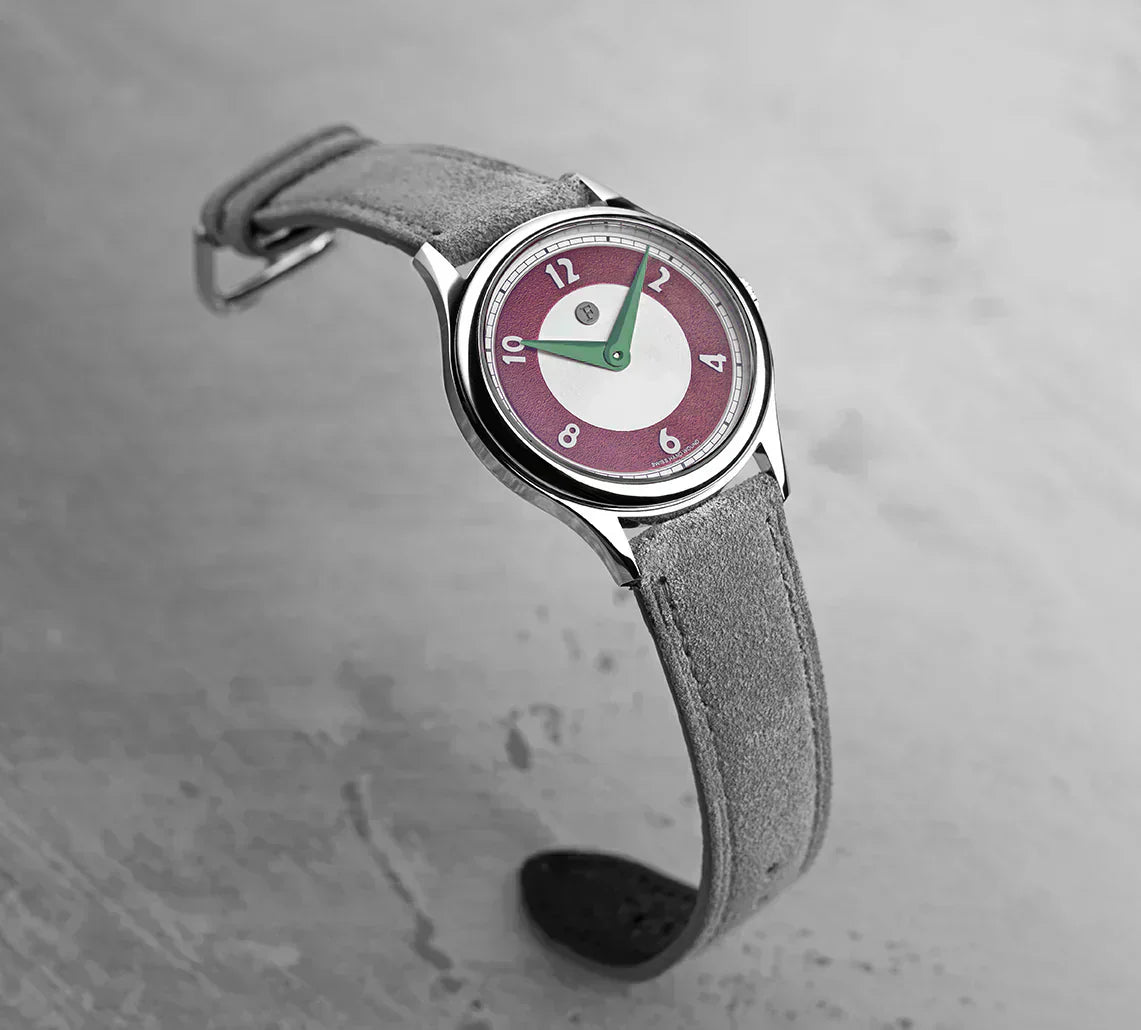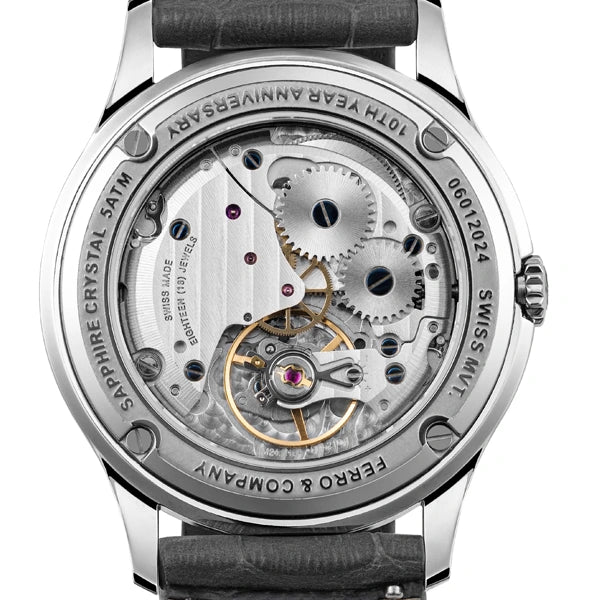In an age dominated by digital technology and smart devices, classic watches continue to hold a unique and enduring appeal. These timepieces are more than just tools to tell time; they are symbols of craftsmanship, history, and personal style. Classic watches evoke a sense of nostalgia while seamlessly fitting into the modern world, making them a coveted accessory for watch enthusiasts and collectors alike. This blog explores the allure of classic watches, their history, design elements, and why they remain relevant today.
A Glimpse into History
The history of watches dates back to the 16th century when portable timepieces began to emerge. Early watches were often cumbersome and worn as pendants, but they represented a revolutionary leap in timekeeping. By the 17th century, the invention of the balance spring allowed for more accurate and compact designs, giving birth to pocket watches.
Wristwatches became popular in the late 19th and early 20th centuries, initially worn by women as jewelry pieces. Men primarily relied on pocket watches until World War I, when soldiers began strapping watches to their wrists for practicality during combat. This marked the beginning of the wristwatch’s journey as both a functional and stylish accessory. Iconic brands like Patek Philippe, Jaeger-LeCoultre, and Cartier played pivotal roles in defining classic watch designs, many of which remain influential today.
Key Characteristics of Classic Watches
Classic watches are distinguished by their timeless design and understated elegance. They are designed to transcend fleeting trends, ensuring they remain stylish across generations. Here are some defining features of classic watches:
1. Simplicity and Elegance: Classic watches often feature clean dials with minimalistic markers and hands. This simplicity ensures readability and adds to their timeless appeal.
2. High-Quality Materials: These timepieces are crafted from premium materials such as stainless steel, gold, or platinum. Sapphire crystal is commonly used for the watch face, offering scratch resistance and durability.
3. Mechanical Movements: While quartz movements are efficient and precise, many classic watches house mechanical movements. Automatic or hand-wound calibers are celebrated for their craftsmanship and intricate engineering.
4. Versatile Design: Classic watches are designed to complement a wide range of outfits and occasions. Their neutral tones and refined aesthetics make them suitable for both formal and casual settings.
5. Heritage and Legacy: Many classic watches come with a rich history, often associated with significant events or personalities. Owning such a timepiece is like holding a piece of history on your wrist.
Iconic Classic Watches
Some watches have achieved legendary status due to their design, craftsmanship, and cultural impact. Here are a few iconic classic watches:
1. Jaeger-LeCoultre Reverso: Created in 1931 for polo players, the Reverso features a unique reversible case. Its Art Deco design has made it an enduring icon.
2. Cartier Tank: Inspired by military tanks in World War I, the Cartier Tank boasts a rectangular case and Roman numeral dial. Its refined design has been favored by celebrities and royalty.
3. Longines Master Collection: Renowned for its elegant aesthetics and precision, the Master Collection offers a blend of traditional craftsmanship and contemporary style.
4. Vacheron Constantin Patrimony: A true embodiment of minimalism, the Patrimony line showcases timeless designs with an emphasis on subtle details and exceptional finishing.
5. Patek Philippe Calatrava: First launched in 1932, the Calatrava epitomizes elegance and simplicity. Its round case and uncluttered dial make it a favorite among purists.
Why Classic Watches Remain Relevant
Despite the advent of smartwatches and digital devices, classic watches continue to captivate collectors and enthusiasts. Here’s why:
1. Timeless Appeal: Trends come and go, but classic watches retain their charm. Their design ensures they never go out of style, making them a worthwhile investment.
2. Craftsmanship: Classic watches are often handcrafted with meticulous attention to detail. Owning one is an appreciation of artistry and engineering.
3. Symbol of Status: Wearing a classic watch signifies sophistication and taste. It’s a subtle yet powerful statement about one’s personality and values.
4. Emotional Value: Classic watches are often passed down through generations, becoming cherished heirlooms with sentimental significance.
5. Investment Potential: Certain classic watches, especially limited editions or models with historical significance, appreciate in value over time. Brands like Patek Philippe and Jaeger-LeCoultre are particularly known for their strong resale value.
How to Choose a Classic Watch
Selecting the perfect classic watch requires careful consideration. Here are some tips to guide you:
1. Set a Budget: Classic watches vary greatly in price, from affordable options to high-end luxury models. Determine your budget before exploring.
2. Research Brands: Familiarize yourself with reputable watch brands known for their classic designs. Each brand offers unique features and histories.
3. Consider Your Style: Choose a watch that complements your personal style and wardrobe. Neutral tones and versatile designs are ideal for daily wear.
4. Examine the Movement: Decide whether you prefer a quartz or mechanical movement. Mechanical watches, while more expensive, offer a richer experience.
5. Look for Authenticity: If buying a vintage or pre-owned watch, ensure its authenticity and condition. Work with reputable dealers or authorized retailers.
Caring for Your Classic Watch
Proper care ensures your classic watch remains in pristine condition for years to come. Here are some maintenance tips:
1. Regular Servicing: Mechanical watches require servicing every 3-5 years to maintain their accuracy and longevity.
2. Avoid Water Exposure: Unless your watch is water-resistant, keep it away from moisture.
3. Store Safely: Use a watch box or pouch to protect your timepiece from scratches and dust.
4. Wind with Care: For hand-wound watches, wind them gently to avoid damaging the movement.
5. Clean Regularly: Wipe the watch case and bracelet with a soft cloth to remove dirt and oils.
Introducing the Paramount: A Classic for the Modern Era
We are thrilled to announce our upcoming timepiece, the Paramount, which embodies the essence of classic watchmaking while catering to modern sensibilities. Scheduled for pre-orders in February 2025, the Paramount seamlessly blends vintage-inspired aesthetics with cutting-edge craftsmanship. This watch is designed for those who appreciate timeless elegance and innovative functionality. Stay tuned for more details and be among the first to own this extraordinary piece.
Classic watches are more than just instruments for telling time; they are embodiments of history, artistry, and personal expression. Whether you’re a seasoned collector or a newcomer to the world of horology, investing in a classic watch is a journey of discovery and appreciation. These timeless timepieces bridge the gap between past and present, offering a glimpse into the artistry and innovation of watchmaking while remaining relevant in today’s fast-paced world. By choosing a classic watch, you’re not just buying a timepiece; you’re acquiring a legacy that can be cherished for generations.


